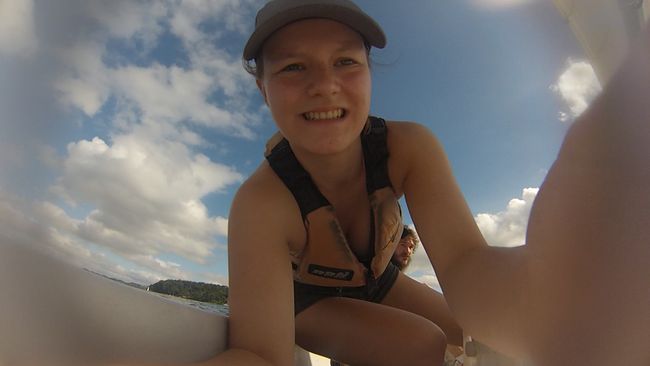Vivir y trabajar en Sao Paulo
Publicado: 25.02.2018
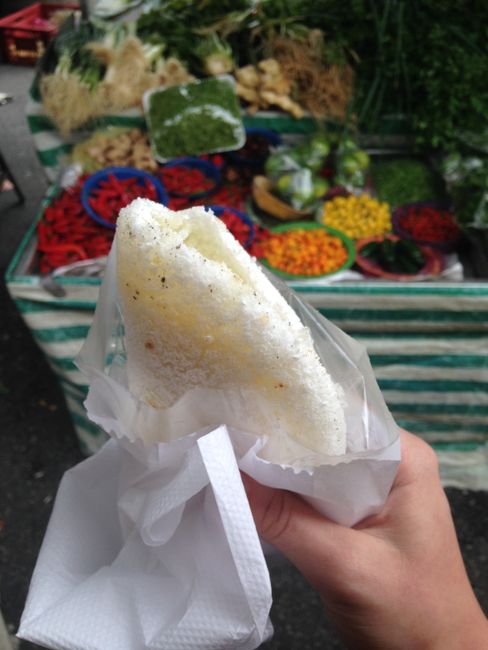
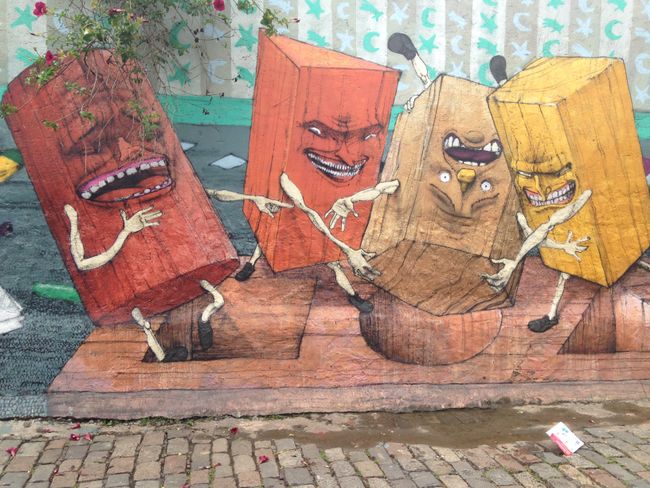
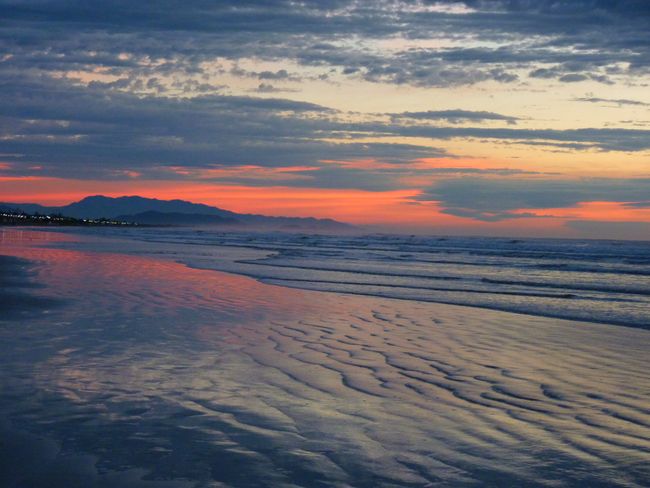
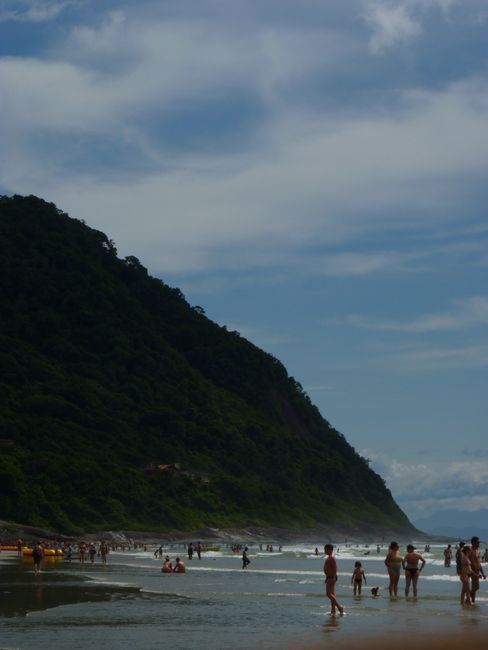
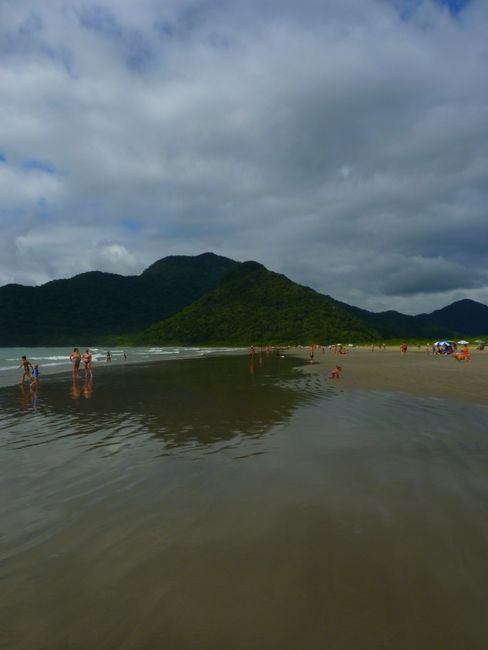
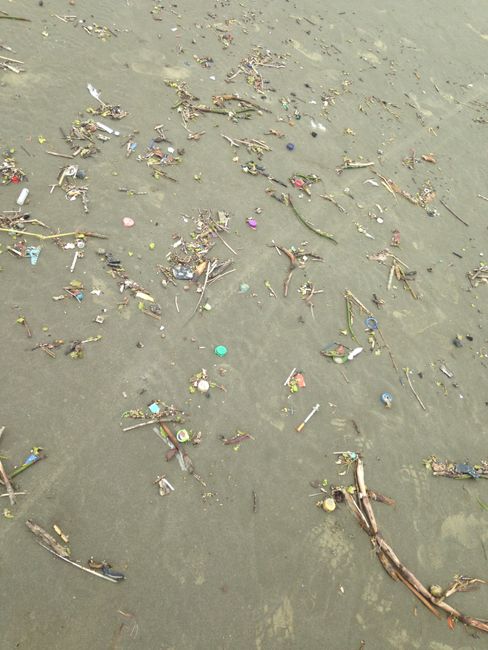
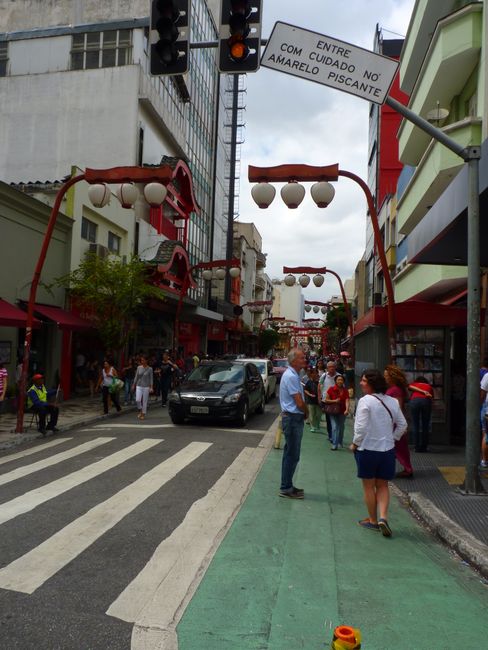
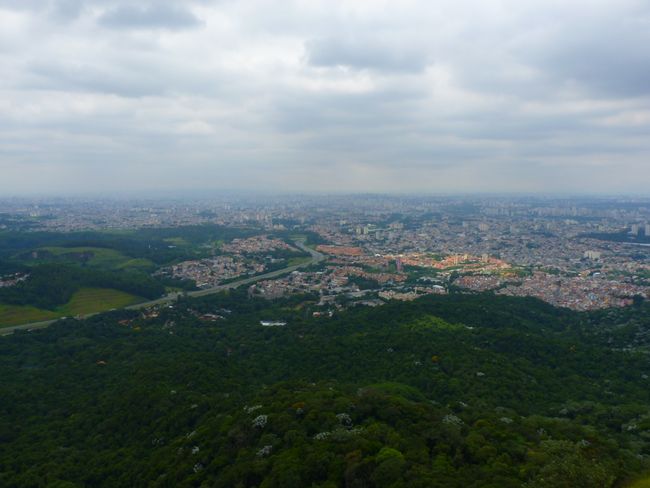
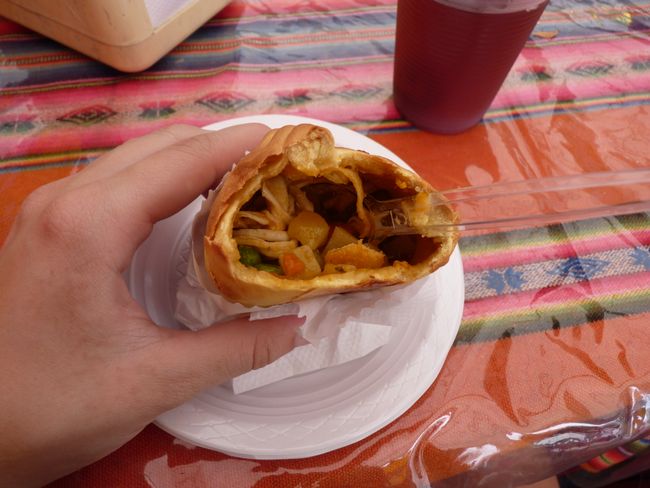
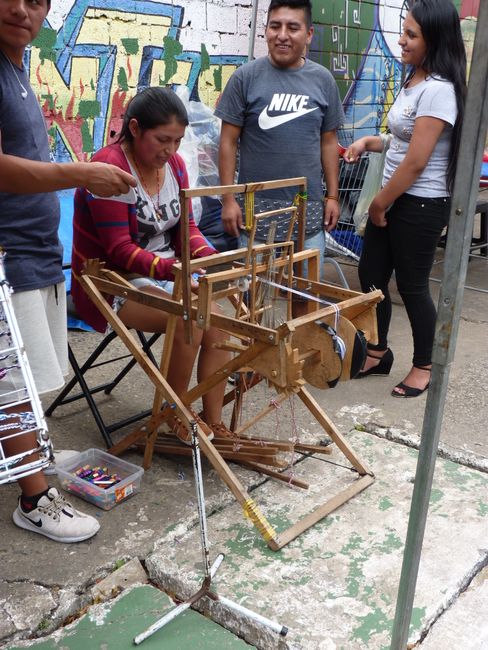
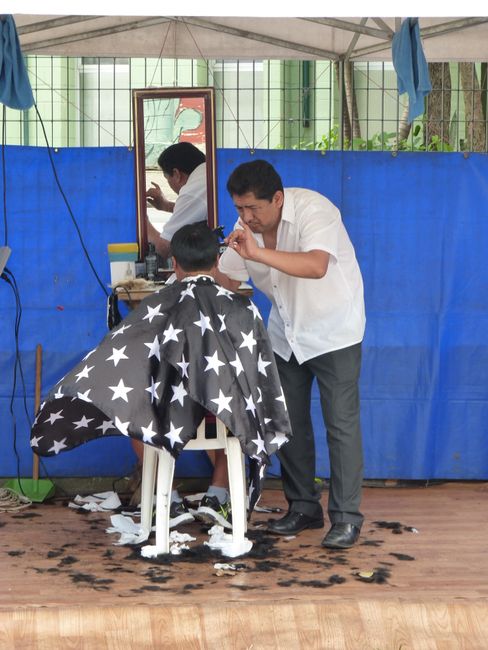
Suscríbete al boletín
¡Hola a todos, soy yo de nuevo desde Brasil! :)
Esta vez les hablo directamente desde la ciudad millonaria de Sao Paulo y les contaré sobre mi trabajo y dónde vivo.
Ahora llevo cinco semanas viviendo en la Riviera Paulista con una familia amiga de mi madre.
La familia está compuesta por una madre brasileña, un padre alemán y dos hijos adultos (uno de los cuales ya no vive aquí). En casa hablamos mayormente alemán, ya que hasta ahora es lo que más rapidez nos da.
Ambos hijos asistieron a una escuela alemana en Brasil y el mayor también vivió con nosotros en Alemania durante aproximadamente dos meses hace ocho años, por lo que puede hablar alemán bastante bien.
La Riviera Paulista es un bairro (barrio) en Sao Paulo donde hay mucha naturaleza y se puede caminar con seguridad por la noche. La Riviera se encuentra a orillas de la represa Guarapiranga, un embalse de más de cien años en el sur de Sao Paulo. El agua del embalse está muy contaminada, por lo que no se recomienda bañarse. Sin embargo, hay algunos clubes de vela, así como se puede practicar kayak y paddle surf. *-*
Lo especial de la Riviera es que, aunque uno está en medio de una ciudad mundial incomparablemente grande (aproximadamente 12 millones de habitantes, en el área metropolitana de Sao Paulo incluso aproximadamente 20 millones), no se siente, ya que aquí se vive rodeado de mucha naturaleza. Además, las propiedades son más grandes, no hay rascacielos y, por lo tanto, no está tan densamente poblado como el resto de la ciudad.
Durante la semana trabajo de diez de la mañana a siete de la tarde en un jardín de infantes bilingüe llamado “Guilherme Tell” (Guillermo Tell, y aún no sé cómo pronunciarlo) en el bairro Vila Mascote. Mi madre anfitriona es la directora del jardín de infantes y viajamos juntos en coche al trabajo cada día, lo cual es muy práctico para mí, ya que de otro modo tendría que usar los autobuses aquí. :D Los autobuses son caros, están abarrotados y a menudo no tienen aire acondicionado, lo cual no es muy divertido cuando hace más de 30 grados. Pero incluso en coche no es tan fácil llegar al trabajo, porque necesitamos al menos 45 minutos para recorrer 15 kilómetros, generalmente incluso una hora.
En el jardín de infantes hay niños, o más bien bebés, de cinco meses a seis años, los cuales están divididos en grupos de edad. Por lo tanto, el sistema se asemeja más al sistema escolar alemán que al jardín de infantes alemán (en Brasil, jardín de infantes también se llama “escola”, es decir, “escuela”).
Hasta ahora he trabajado principalmente en el grupo de edad más grande (G5). Los niños tienen cuatro y cinco años y en un año irán a la escuela primaria. Las educadoras (aquí se llaman “professoras”, es decir, en alemán “profesoras”) preparan regularmente nuevos pequeños temas sobre los que se trabaja, como aprender nudos, carnaval, costura. Mi tarea es apoyar a las professoras, lo que significa que juego con los niños, les leo cuentos, los ayudo a coser y a aprender a escribir,... .
Otra diferencia con Alemania son los horarios de trabajo, ya que aquí el jardín de infantes está abierto de siete de la mañana a siete de la tarde, mientras que en Alemania (hasta donde sé) la mayoría de los jardines de infantes cierran a más tardar a las cinco de la tarde. Además, hay ofertas de deportes, música y idiomas para los niños, como clases de ballet, capoeira, alemán e inglés. De aproximadamente 120 niños, solo seis están aprendiendo alemán.
Aparte de la división en grupos de edad, los horarios de trabajo y las ofertas de idiomas y deportes, es similar a Alemania.
Al principio fue mucho más difícil trabajar con los niños de lo que pensaba, ya que mi portugués todavía era muy malo.
Además, hubo grandes diferencias entre los niños, algunos me entendieron mejor desde el principio que otros.
Las reacciones de los niños han sido y son muy divertidas y en parte frustrantes. Por ejemplo, a veces me responden: “¿Puedes hablar en portugués, por favor?” aunque yo ya estaba hablando portugués. O cuando un niño preguntó en mi primer día por qué hablaba como un bebé. También es divertido cuando los niños comentan que no han entendido nada de lo que he dicho. :D
Gracias a Dios hay muchos juegos, como jugar a la atrapa o columpiarse, que funcionan también sin muchas palabras. Ahora me va cada vez mejor con el idioma y ¡me divierto más en el trabajo!
Como trabajo más de ocho horas al día, tengo un día libre a la semana, ¡lo cual disfruto mucho! :)
Los fines de semana y en mi día libre hacemos, o mejor dicho, hacemos muchos paseos.
En mi primer sábado en Sao Paulo, por ejemplo, visitamos un mercado brasileño clásico en el barrio Vila Madalena. Primero comimos un pastel, que es muy típico de Sao Paulo, y tomamos un jugo de caña de azúcar con lima (¡no pueden imaginar lo delicioso que es este jugo!). El pastel es un gran empanada con diferentes rellenos (queso y tomate, carne, verduras, etc.). Seguimos pasando por muchos puestos con una enorme variedad de frutas y verduras.
Lo increíble es que, incluso si no compras nada, ¡regresarás a casa satisfecho porque cada vendedor te ofrece un dulce pedazo de piña, fruta del dragón (en tres variedades),...! !
Luego comí tapioca por primera vez, un tipo de crepe hecho de harina de yuca. También aquí hay diferentes variaciones, dulces y salados. Yo lo comí con leite condensado (leche condensada) y coco, ¡muy recomendable! Después de otro jugo de caña de azúcar con lima, continuamos hacia una galería de arte callejero.

Pasé el fin de semana de carnaval en la playa de Peruibe con otra familia amiga. Salimos el sábado a las siete de la mañana y nos tardamos cuatro horas para una distancia que normalmente se hace en dos horas sin tráfico. Como ya hacía muy buen tiempo, después de comer fuimos directamente a la playa. Tras aproximadamente media hora en la playa, se acercaron nubarrones oscuros y comenzó a llover y a tronarse. Puesto que la tormenta estaba lejos, nos quedamos en el agua, porque estaba más cálido que en el aire. El lunes fuimos a la playa de Guarau y allí también, después de un bonito y largo paseo, nos bañamos bajo la lluvia. *-*



El martes y miércoles lamentablemente solo llovió, por lo que visitamos un acuario y un mercado de pescado. Por la tarde, en realidad íbamos a un desfile de carnaval, pero este solo fue visitado por cinco personas debido a la lluvia.
Como el miércoles no había máquinas de limpieza funcionando, pudimos ver toda la basura que las olas arrastran diariamente a la playa de Peruibe durante nuestro paseo. Es muy alarmante ver cuánta basura flota en el mar. Se escucha en varios lugares que los mares están contaminados, pero verlo uno mismo tiene un efecto mucho más fuerte. Sin embargo, hay que decir que este problema no solo existe en Brasil o Sudamérica. Porque también en muchas playas de Europa se vería así si las máquinas de limpieza no pasaran regularmente sobre la playa. ¡Lo que en realidad lo hace aún más alarmante y lamentable!

En el acuario leímos que los desechos de plástico tardan entre 400 y 600 años en descomponerse.
Al mediodía regresamos a Sao Paulo en solo dos horas. A pesar del mal tiempo por momentos, ¡aprovechamos mucho la playa y el mar!
Después de las breves vacaciones en Peruibe, el jueves volví al trabajo. El fin de semana siguiente viví el carnaval brasileño en un desfile de carnaval. Aparte del calor y la música en vivo, era en esencia muy parecido al de Alemania. Sin embargo, sentí que el ambiente aquí, gracias al buen tiempo, la gente y su mentalidad, era mejor que en Alemania. :D
Además, visitamos el barrio japonés, bairro da liberdade. Paseamos por el mercado y vimos muchos trabajos artesanales muy bonitos. Al mediodía comimos en un reconocido restaurante chino, donde el chef prepara los fideos frescos en la cocina, que se puede ver desde el restaurante a través de un cristal. :o
El fin de semana pasado estuvimos en el pico do jaragua, una montaña desde la que se puede ver casi toda Sao Paulo. A pesar de no tener una vista perfecta, tengo ahora una mejor idea de la magnitud de Sao Paulo y de dónde (aproximadamente) está cada cosa. Luego fuimos a un mercado latinoamericano, donde comimos una empanada peruana, un tipo de empanada un poco dulce rellena de carne, papa, guisantes y un caldo muy picante y también dulce. Sin embargo, no las comes como las empanadas habituales (simplemente mordiendo), sino que primero debes vaciar el contenido con una cuchara, ya que de otro modo te quemarías la boca.




Un puesto de peluquería en el mercado latinoamericano :DD
A parte de eso, a menudo hacemos parrilladas con amigos, vamos a comer o cocinamos nosotros mismos.
Así que, hasta la próxima. :)
Lisa
Suscríbete al boletín
Respuesta
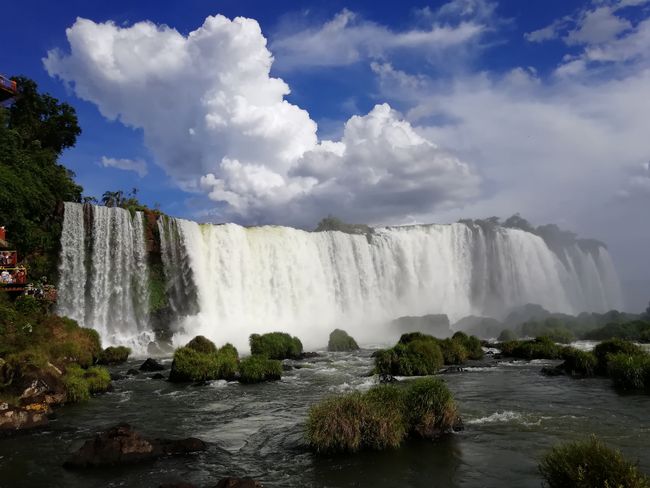
Informes de viaje Brasil

